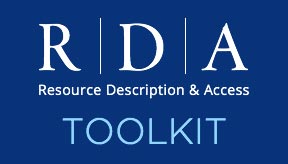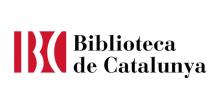What You Should Know about the December Switchover
This 3R Project will come to a close with the elevation of the beta RDA Toolkit to official RDA status in December. This "Switchover" (that's what we are calling the move) may be causing some anxiety among Toolkit users, or at least raising some questions in regard to what exactly will happen.










